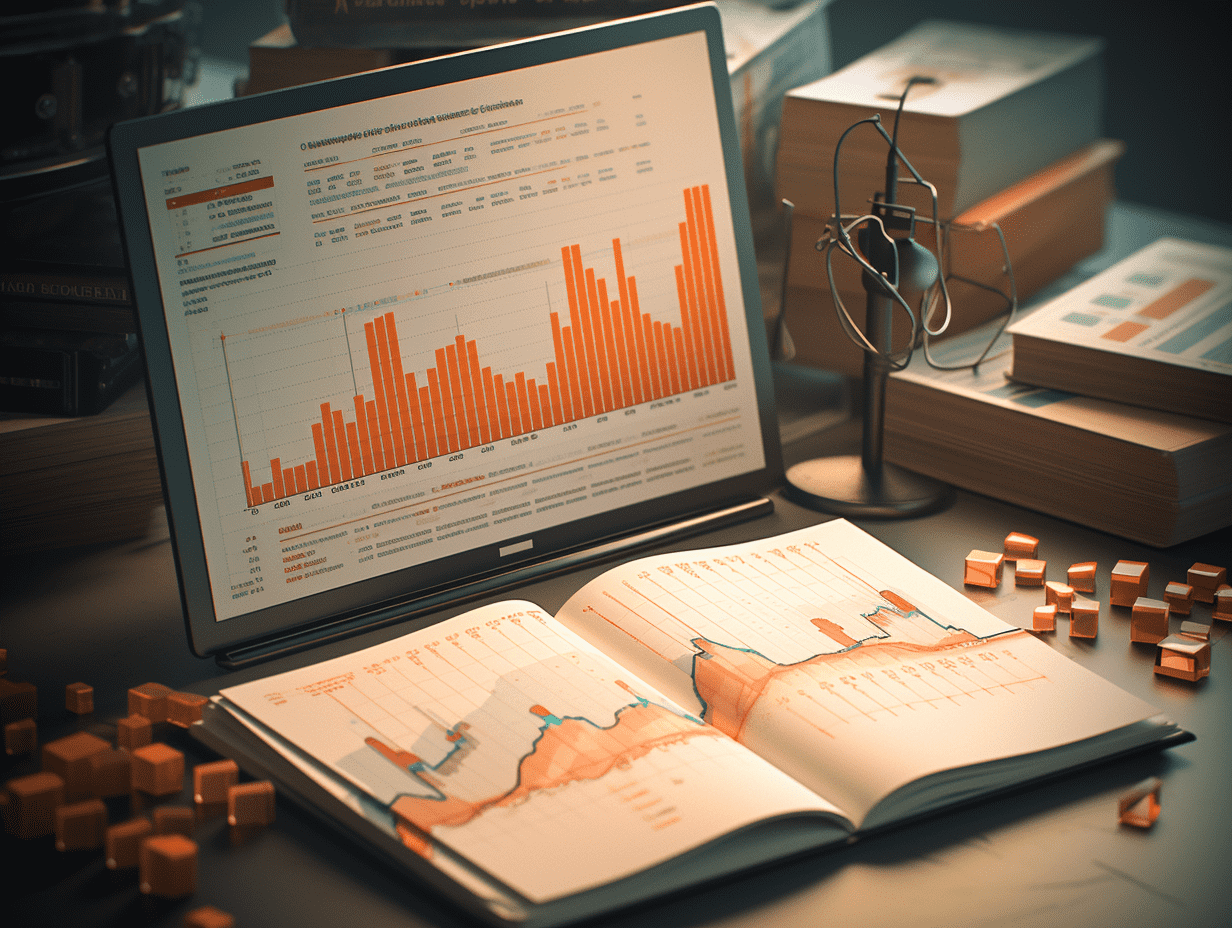China Securities Co., Ltd.: The internal cycle of photovoltaics has become the core contradiction of the current industry. We are optimistic about the direction of new technology iteration.
CITIC Securities released a research report stating that the photovoltaic industry chain is still in a state of supply-demand imbalance, and the core contradiction in the industry's future development still lies in anti-insulation driving the clearance of excess production capacity.
China Securities Co., Ltd. released a research report stating that the photovoltaic industry chain is currently still in a state of imbalance between supply and demand, and the core contradiction in the industry is still the anti-cancellation to promote the clearance of production capacity. The anti-cancellation in the photovoltaic industry currently mainly includes addressing sales below cost price, production capacity integration, and elimination of outdated production capacity. The crackdown on sales below cost price has achieved significant results, with prices of silicon materials, silicon wafers, and cells gradually rising, while the price of components has a limited short-term increase. The future pricing situation needs to be closely monitored. In terms of production capacity clearance, the new energy consumption standards for polycrystalline silicon have been significantly tightened, and it is expected that production capacity clearance could be an important measure in the future.
In the short term, the focus should be on production capacity integration and the coordination of industry efforts to control production. China Securities Co., Ltd. believes that a reversal of industry supply and demand still needs to see stronger-than-expected production capacity policies, and is optimistic about leading material companies in the sector, as well as new technology directions (BC, TOPCon 3.0, paste).
The main points of view of China Securities Co., Ltd. are as follows:
Short-term demand is stable, and uncertainties exist in the domestic market in 2026. The core contradiction in the industry lies in the strength of anti-cancellation policies. At present, the capacity of each link in the photovoltaic industry chain exceeds demand, with component production stable in the short term. After Shandong's 2025 mechanism electricity price is implemented, which will lead to a greater decrease in price compared to guided prices for thermal power, uncertainties in domestic demand in 2026 have increased. China Securities Co., Ltd. believes that the current core contradiction in the industry is still the supply. Since 2024, the photovoltaic industry has been mentioned several times as a typical industry for anti-cancellation. Since July this year, with the publication of an article in the People's Daily and the Central Economic and Financial Committee meeting, the anti-cancellation process in the photovoltaic industry has clearly accelerated, and the industry's prosperity can be reversed; the key lies in the strength of anti-cancellation policy execution.
The crackdown on sales below cost price has been effective, and attention should be paid to the pricing situation of components, as well as the implementation of production capacity integration and the landing of new energy consumption standards.
The main focus of anti-cancellation in the photovoltaic industry includes two aspects. Firstly, under the constraints of the Price Law, the industry strictly cracks down on sales below cost price. Since July this year, significant progress has been made in the silicon material segment, with prices rising from around 34,000 yuan/ton at the bottom to about 52,000 yuan/ton, surpassing the full cost of top companies. Prices of silicon wafers and cells have followed the increase in silicon materials, with limited price hikes in components. The future domestic bidding prices whether prices can follow suit is a major point of observation. Secondly, production capacity integration, elimination of outdated production capacity, and industry self-discipline in controlling production. Currently, the progress of capacity integration in the silicon materials segment is relatively fast. In addition, the new draft of the energy consumption standard for polycrystalline silicon has recently been released, with a significant tightening of the energy consumption standard, which is expected to be one of the important means for reducing production capacity in silicon materials by the end of 2026.
Fundamentals: The industry is still facing high inventory and a large production capacity, and the focus in the future will be on the industry's production control efforts and inventory reduction pace.
Currently, the industry's inventory is high, especially in the silicon material segment, with total inventory expected to be between 400,000 to 500,000 tons. Against the backdrop of uncertainty in demand in 2026, if silicon material output remains at current levels, it will be difficult for silicon material inventories to return to normal levels (1-2 months) in 2026. Only by restricting silicon material production to 80,000 tons per month under the condition of flat demand until 2026, is it possible for silicon material inventory cycles to return to normal by 2026. Therefore, the degree of production control is the core contradiction in the industry's future prosperity trend. If production control strength is sufficient, it will help drive the industry's prosperity to gradually recover. If overall demand growth can be stimulated by certain external factors, the industry chain's prosperity will gain stronger sustainability.
Positive outlook one: Leading companies are expected to benefit from the trend of anti-cancellation in the photovoltaic industry. China Securities Co., Ltd. believes that the further advancement of anti-cancellation policies will guide the various links in the photovoltaic main materials back to reasonable profit levels, and that the current market does not fully anticipate this, with some second-tier leading companies and certain segments having significantly undervalued advantages, suggesting a greater upside potential in the upward trend. It is recommended to focus on leading companies in various segments of the industry chain.
Positive outlook two: BC cells. Currently enjoy a premium compared to TOPCon due to differentiation advantages.
Positive outlook three: TOPCon 3.0. With technologies such as half-cell passivation, Polyfinger, and 0BB gradually being implemented, the power of TOPCon components can reach 640W by the end of this year, and with the introduction of new technologies such as quad-cut cells next year, it may reach 660W, leading companies with technological advantages are expected to benefit.
Positive outlook four: Cost reduction through metallization. The significant increase in silver prices has increased non-silicon costs for cells; there is a strong demand in the industry for solutions that do not use silver or use less silver. It is recommended to pay attention to battery companies with rapid progress in non-silver or low-silver solutions.
Related Articles

US Stock Market Move | ACCL.US, a company controlled by Zhuo Yuan, has landed on the US stock market with a 1.75% increase in trading at the opening.

US Stock Market Move | NVIDIA Corporation holds Concept Stock Coreweave (CRWV.US), which fell more than 7%.

US Stock Market Move | Reach a $1.085 billion cooperation agreement with domestic and foreign pharmaceutical companies, Rani Therapeutics (RANI.US) soars over 265%.
US Stock Market Move | ACCL.US, a company controlled by Zhuo Yuan, has landed on the US stock market with a 1.75% increase in trading at the opening.

US Stock Market Move | NVIDIA Corporation holds Concept Stock Coreweave (CRWV.US), which fell more than 7%.

US Stock Market Move | Reach a $1.085 billion cooperation agreement with domestic and foreign pharmaceutical companies, Rani Therapeutics (RANI.US) soars over 265%.

RECOMMEND





